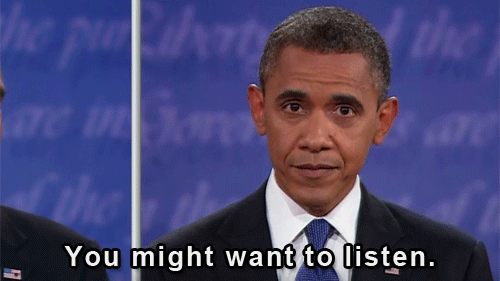(This story was originally published on 8 April 2017. It is being reposted from The Quint’s archives to mark the day of Indian icon Bhagat Singh’s martyrdom.)
Have you ever felt like uttering those famous words “Inquilab Zindabad” and marching out of a boring class or from a dreary day at work?
Today might be the most opportune because, this day in history, 8 April 1929, is when Bhagat Singh marched into the Parliament with Batukeshwar Dutt, bombed the assembly in session and yelled the infamous words, in hopes of earning the freedom that India would get, 18 years later.
While RSS and Patanjali proclaim Bhagat Singh to be their poster child, the two sides are as divergent as Karan Johar and Kangana Ranaut. From a young age, Singh was enamoured with Gandhi and wanted to follow in his footsteps for getting independence from the British.
He devised a strategy of how to make the deaf – British – listen to him, the way millennials devise ways of getting heard on social media. Only, his strategy actually worked.
But, why did he throw a bomb if he only wanted his voice to be heard?
Unlike this day-and-age where politicians are only a tweet away, during the freedom struggle, one had to really work hard to get their voice heard.
Being a devout Gandhi fanboy, when the Non-Cooperation Movement was called off, it disillusioned Singh, making him question the non-violent path. He then decided that at any cost, freedom must be attained.
From then on, he was more determined than a Chandigarh-boy getting into Roadies in his mission to oust the British from the country.
In college, Singh met Chandrashekhar Azad, Ram Prasad Bismil, Sukhdev Thapar among other revolutionaries. They were part of the most famous breakfast club –Hindustan Republican Army.
They studied at the National College, which was started by Lala Lajpat Rai after the Non-Cooperation Movement. When Indian students were not allowed to go back to British institutions, after the movement’s calling off, institutes like these proved to be intellectual havens for young Indian students and revolutionaries.
This is also one of the reasons that Bhagat Singh felt strongly the need to avenge Rai’s death.
Lala Lajpat Rai was a widely revered revolutionary, with a popularity much like Amitabh Bachchan’s.
When the Simon Commission was protested against by Rai, police superintendent, James A Scott ordered a lathi-charge on the protestors. Rai was grievously injured and died as a result of those injuries. This is when Singh knew he wanted to fight to oust the British, once and for all.
However, in a case of mistaken identity, Singh and Rajguru shot John P Saunders, the assistant superintendent of police. A trial in this case would lead to their final convictions during the parliamentary bombings that led the two youths to the gallows.
When Singh and Dutt walked into the Parliament on 8 April, their aim was not to hurt anyone. The bomb they threw disrupted the assembly in session and they repeatedly yelled “Inquilab Zindabad”, “Down with Imperialism” and “Workers of the World Unite”.
They stood in the Parliament and let themselves get arrested and Singh handed over to the police the gun he used to kill Saunders, which would implicate him in his murder.
(Remember, when we mentioned how Bhagat Singh and RSS are as divergent as can be?)
Singh would later referred to as a “revolutionary terrorist”, a connotation very different from the way the term is used today, to describe men and women creeping around cities to beat couples up for holding hands in public.
Both Singh and Dutt would get charged with throwing explosives to cause injuries and for killing Saunders, but not before going down in history as the youths who died for the country. (Unlike present day youth who would rather kill, be it for the country or for personal vendettas.)
So on this day just remember one thing about Bhagat Singh:
(At The Quint, we question everything. Play an active role in shaping our journalism by becoming a member today.)



